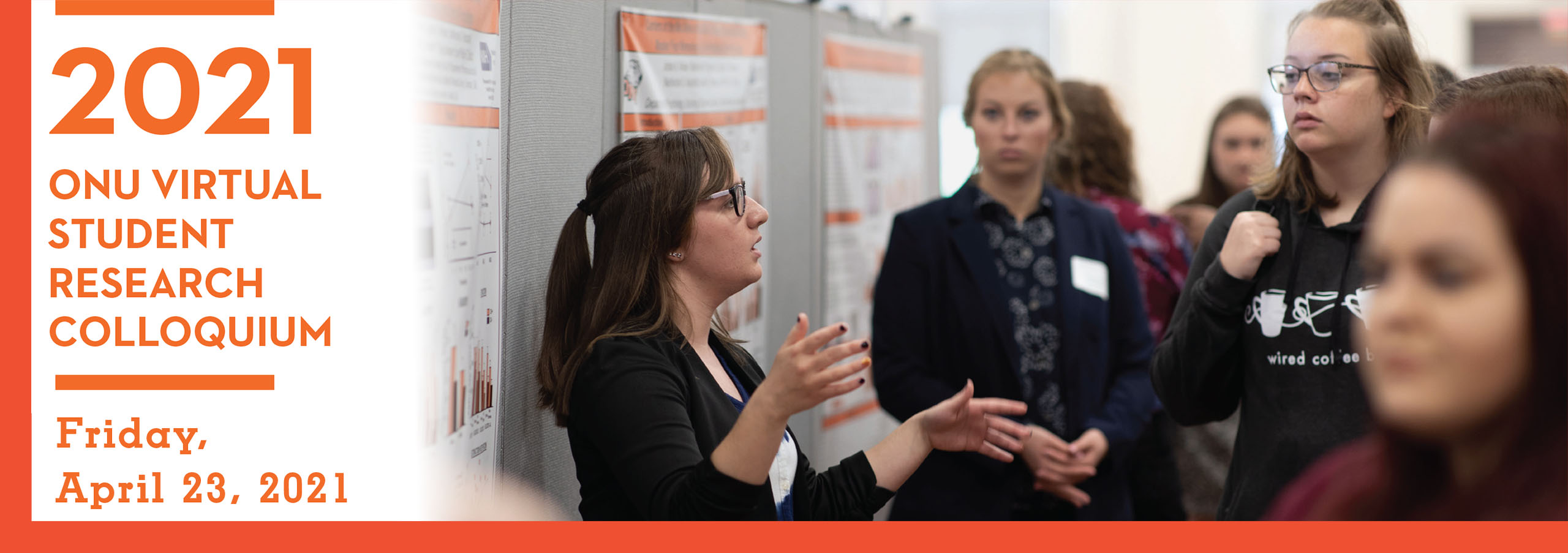Sponsor
Forrest Clingerman, PhD
Ohio Northern University
Religion, Humanities & Global Culture
f-clingerman@onu.edu
Advisor(s)
David Johnstone, PhD
Ohio Northern University
Civil and Environmental Engineering
d-johnstone@onu.edu
Document Type
Video
Start Date
23-4-2021 9:00 AM
Abstract
Sustainable parking lot design is an increasingly important aspect of modern building as civilizations continue to develop and expand into natural settings. The expansion of metropolitan cities increases Earth’s impervious surface area causing issues with stormwater runoff intensity and regional flooding. Common techniques to slow impervious runoff rates are to create surface retention basins or large underground stormwater storage facilities. While effective at slowing runoff rates, common techniques do not focus on the pollution contained within the runoff or on groundwater replenishment. New methods to control stormwater including porous pavement, underground retention basins, and rain gardens allow for subsurface infiltration and lowered runoff and pollution rates. However, such new technology is still under development and highly dependent upon site conditions. In an attempt to show the advantages of sustainable parking lot implementation, research was performed as to current parking lot designs and evaluated using a site location in Dayton, Ohio. Results of the study were used to compare the best sustainable parking lot alternatives for the Dayton location and the work performed by an Ohio Northern University civil engineering capstone team for the same site.
Award
Winner of the Smull College of Engineering Choice Award
Recommended Citation
Margraf, Chet, "Comparison of Sustainable Parking Lot Innovations" (2021). ONU Student Research Colloquium. 20.
https://digitalcommons.onu.edu/student_research_colloquium/2021/papers/20
Restricted
Available to ONU community via local IP address and ONU login.
Comparison of Sustainable Parking Lot Innovations
Sustainable parking lot design is an increasingly important aspect of modern building as civilizations continue to develop and expand into natural settings. The expansion of metropolitan cities increases Earth’s impervious surface area causing issues with stormwater runoff intensity and regional flooding. Common techniques to slow impervious runoff rates are to create surface retention basins or large underground stormwater storage facilities. While effective at slowing runoff rates, common techniques do not focus on the pollution contained within the runoff or on groundwater replenishment. New methods to control stormwater including porous pavement, underground retention basins, and rain gardens allow for subsurface infiltration and lowered runoff and pollution rates. However, such new technology is still under development and highly dependent upon site conditions. In an attempt to show the advantages of sustainable parking lot implementation, research was performed as to current parking lot designs and evaluated using a site location in Dayton, Ohio. Results of the study were used to compare the best sustainable parking lot alternatives for the Dayton location and the work performed by an Ohio Northern University civil engineering capstone team for the same site.


Notes
This presentation is part of the Honors Capstone Enhancement Presentation series.